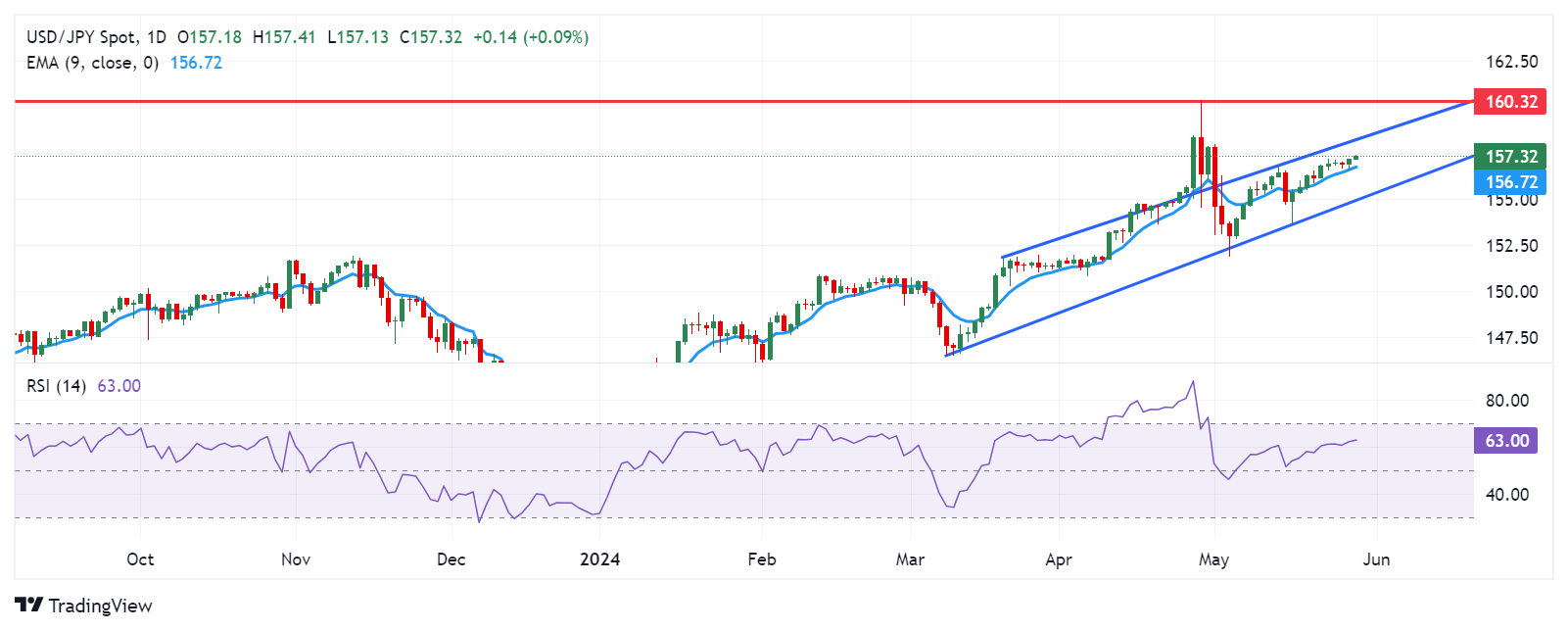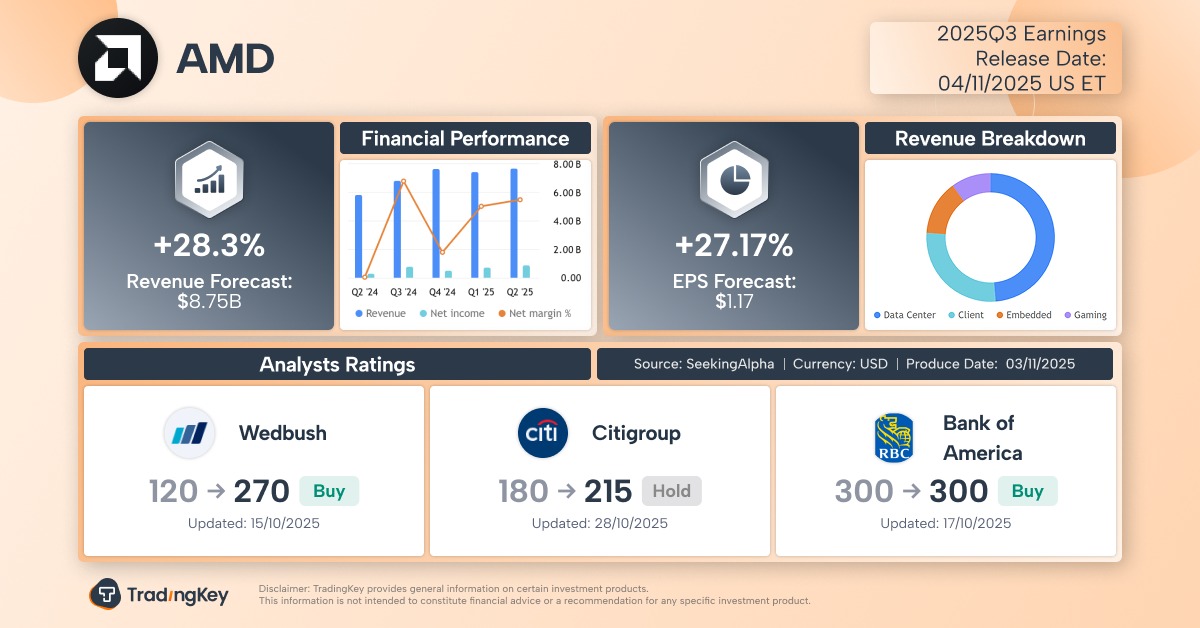Japanese Yen recovers early losses after BoJ Adachi favors to reduce bond-buying
- The Japanese Yen rebounds as BoJ Adachi emphasizes bond-buying reduction.
- The emergence of risk aversion has supported the US Dollar.
- Minneapolis Fed President Neel Kashkari suggested the possibility of a rate hike.
The Japanese Yen (JPY) recovers intraday losses that were influenced by a broad market downturn driven by risk aversion sentiment. The Yen bounces back after Bank of Japan (BoJ) board member Seiji Adachi emphasized reducing bond buying in several stages so that long-term yields better serve as a market signal. However, Adachi didn't provide any timeline over the same. Over the interest rate outlook, Adachi commented that it would be appropriate to adjust interest rates at a slow pace if underlying inflation steadily moves toward 2%.
In his earlier comments, BoJ’s Adachi emphasized the potential consequences of frequent changes in monetary policy to stabilize foreign exchange movements, warning that significant fluctuations in interest rates could disrupt household and corporate investment. Adachi also highlighted that the BoJ has yet to be convinced of sustained achievement regarding its price target, hence the necessity to uphold accommodative conditions.
Meanwhile, the US Dollar (USD) saw a resurgence following remarks by Neel Kashkari, President of the Federal Reserve Bank of Minneapolis, hinting at the possibility of a rate hike. Kashkari remarked, “I don’t believe anyone has completely ruled out the option of increasing rates,” expressing doubts about the disinflationary trend and projecting only two rate cuts.
Fed's Beige Book will be released on Wednesday, providing an overview of the current US economic situation based on interviews with key business contacts, economists, market experts, and other sources from the 12 Federal Reserve Districts.
Daily Digest Market Movers: Japanese Yen loses revives even though US Dollar holds recovery
- Traders await the release of the US Gross Domestic Product Annualized (Q1) and Core Personal Consumption Expenditures (PCE) Price Index data later in the week. These high-impact releases are expected to provide cues on potential rate cuts from the Federal Reserve (Fed).
- On Tuesday, the US Housing Price Index (MoM) for March was underperforming, with March's number coming in at 0.1% against 1.2% for February, where 0.5% was expected.
- Japan's Weighted Median Inflation Index, a significant gauge of the country’s trend inflation, increased by 1.1% in April. This growth rate represents a slowdown from the 1.3% increase recorded in March.
- Japan’s Corporate Service Price Index (CSPI). The index posted a year-over-year reading of 2.8% in April, surpassing expectations of 2.3% and marking its fastest rate of increase since March 2015.
- Japan Finance Minister Shun'ichi Suzuki on Tuesday, emphasized the importance of currencies moving in a stable manner that reflects fundamentals, stating that he is closely monitoring foreign exchange (FX) movements. However, Suzuki refrained from commenting on whether Japan has conducted currency intervention.
- At the 2024 BOJ-IMES Conference on Tuesday, Cleveland Federal Reserve President Loretta Mester emphasized the importance of FOMC statements providing a detailed description of the current assessment of the economy, its influence on the outlook, and the associated risks. Mester expects that the Fed will consider enhancing communications as part of its next monetary policy framework review.
- Meanwhile, Federal Reserve (Fed) Governor Michelle Bowman highlighted the significance of continuing to reduce the balance sheet size to achieve ample reserves as quickly as possible, particularly while the economy remains robust. Bowman emphasized the importance of communicating any changes to the run-off rate to ensure it is clear that they do not signify a shift in the Fed's monetary policy stance.
- On Monday, BoJ Governor Kazuo Ueda remarked that progress has been made in moving away from zero and raising inflation expectations, but there is a need to re-anchor them, this time at the 2% target. Additionally, BoJ Deputy Governor Shinichi Uchida stated that they have reverted to a conventional monetary policy framework to achieve a 2% price stability target through adjustments of the short-term policy rate.
- In its report on Monday, the Japanese Cabinet Office stated that the government maintained its view on the economy unchanged for the third consecutive month in May. It noted that the Japanese economy continues to recover at a moderate pace, although there are signs of a recent pause in growth.
Technical Analysis: USD/JPY trades close to 157.00
The USD/JPY pair trades around 157.00 on Wednesday. The daily chart shows a rising channel pattern, indicating the continuation of an upward trend in the market. Additionally, the 14-day Relative Strength Index (RSI) remains above 50, confirming a bullish bias.
The USD/JPY pair may potentially test the psychological level of 158.00, which aligns with the upper boundary of the rising channel. If this level is breached, the next target could be 160.32, marking its highest point in over thirty years.
On the downside, the nine-day Exponential Moving Average (EMA) at 156.72 acts as immediate support, followed by the psychological level of 156.00. Further decline in the USD/JPY pair could apply downward pressure, potentially testing the lower boundary of the rising channel.
USD/JPY: Daily Chart
Japanese Yen price today
The table below shows the percentage change of the Japanese Yen (JPY) against listed major currencies today. Japanese Yen was the weakest against the Australian Dollar.
| USD | EUR | GBP | CAD | AUD | JPY | NZD | CHF | |
| USD | 0.04% | 0.05% | 0.11% | -0.02% | 0.01% | 0.18% | 0.02% | |
| EUR | -0.06% | 0.01% | 0.07% | -0.05% | -0.04% | 0.13% | -0.01% | |
| GBP | -0.06% | -0.02% | 0.05% | -0.09% | -0.05% | 0.11% | -0.04% | |
| CAD | -0.12% | -0.07% | -0.05% | -0.15% | -0.09% | 0.05% | -0.10% | |
| AUD | 0.01% | 0.04% | 0.09% | 0.12% | 0.04% | 0.19% | 0.07% | |
| JPY | -0.01% | 0.05% | 0.06% | 0.09% | -0.04% | 0.16% | 0.00% | |
| NZD | -0.18% | -0.14% | -0.12% | -0.06% | -0.21% | -0.16% | -0.18% | |
| CHF | -0.04% | 0.02% | 0.03% | 0.09% | -0.05% | -0.01% | 0.15% |
The heat map shows percentage changes of major currencies against each other. The base currency is picked from the left column, while the quote currency is picked from the top row. For example, if you pick the Euro from the left column and move along the horizontal line to the Japanese Yen, the percentage change displayed in the box will represent EUR (base)/JPY (quote).
Economic Indicator
Core Personal Consumption Expenditures - Price Index (YoY)
The Core Personal Consumption Expenditures (PCE), released by the US Bureau of Economic Analysis on a monthly basis, measures the changes in the prices of goods and services purchased by consumers in the United States (US). The PCE Price Index is also the Federal Reserve’s (Fed) preferred gauge of inflation. The YoY reading compares the prices of goods in the reference month to the same month a year earlier. The core reading excludes the so-called more volatile food and energy components to give a more accurate measurement of price pressures." Generally, a high reading is bullish for the US Dollar (USD), while a low reading is bearish.
Read more.Next release: Fri May 31, 2024 12:30
Frequency: Monthly
Consensus: 2.8%
Previous: 2.8%
Source: US Bureau of Economic Analysis
After publishing the GDP report, the US Bureau of Economic Analysis releases the Personal Consumption Expenditures (PCE) Price Index data alongside the monthly changes in Personal Spending and Personal Income. FOMC policymakers use the annual Core PCE Price Index, which excludes volatile food and energy prices, as their primary gauge of inflation. A stronger-than-expected reading could help the USD outperform its rivals as it would hint at a possible hawkish shift in the Fed’s forward guidance and vice versa.








